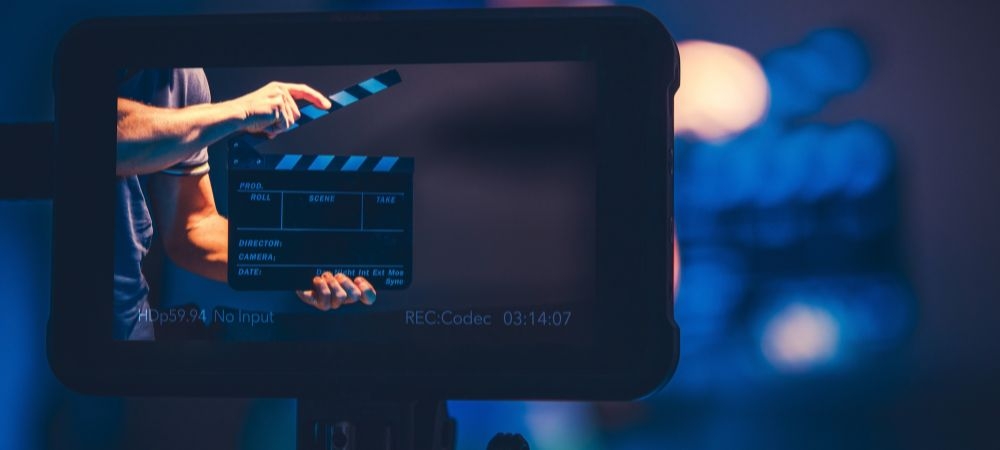

Sure, here's an essay that meets your requirements:
**Plot Overview and Main Themes of "Sunny"**
Obtain the news check this.
"Sunny" is a captivating tale that revolves around the life of Sunny, a young girl who's trying to navigate the complexities of her world. The story kicks off with Sunny moving to a new town. She ain't too happy about it, but she doesn't have much say in the matter. Her family needed a fresh start after some tough times back home, so they packed up and left everything familiar behind.
In her new town, Sunny quickly discovers it's not all bad. She makes friends with a quirky group of kids who share her love for adventure and exploration. Together, they uncover hidden secrets about their community that no one else seems to notice or care about. It's thrilling yet daunting as they dig deeper into mysteries involving old legends and forgotten histories.
One day, while exploring an abandoned house on the outskirts of town-yes, one of those classic haunted houses-they stumble upon something unexpected: an ancient artifact that's got everyone talking in whispers. It's believed to hold powers beyond imagination! As curiosity takes over caution (as it often does with children), they decide to investigate further rather than reporting back like sensible folks might do.
As you can imagine, things don't go smoothly from there on out. They face challenges and dangers that test their courage and friendship in ways none of them expected when all this started out as fun escapades during lazy summer afternoons.
Now let's talk themes because “Sunny” isn't just another adventure story; it delves deep into several profound ones too!
First off is **resilience**-the ability to bounce back against odds thrown by life itself! Moving away from everything she knew was hard for Sunny but she didn't let gloom define her existence forevermore; instead embraced change head-on despite initial reluctance showing true grit throughout journey ahead
Then there's **friendship**, which plays vital role shaping narrative arc here making readers appreciate bonds formed under unusual circumstances sometimes strongest indeed
Another central theme touches upon notion **identity** - figuring out who really are amidst chaos uncertainties surrounding us constantly shifting sands reality force reckon every step taken forward
Finally can't ignore element **courage** interwoven intricately fabric storyline highlighting importance standing ground right reasons even fear looms large shadow over actions decisions made along way!
All these threads come together beautifully creating tapestry rich textures emotions compelling anyone partaking reading experience unforgettable ride filled highs lows triumphs tribulations ultimately leaving lasting impression minds hearts alike!
So yeah folks if looking engrossing read offering more than mere surface-level entertainment dive right into “Sunny” won't regret journey embarked upon trust me worth every moment invested pages therein contained!
Cinematography Techniques Used in 'Sunny'
Oh boy, where do I even begin with the cinematography techniques used in "Sunny"? It's truly a feast for the eyes. The way the film captures light and shadow is nothing short of mesmerizing. You won't find an abundance of cliches here; instead, it's filled with innovative shots that keep you glued to your seat.
First off, let's talk about lighting. The director didn't shy away from using natural light to create a realistic atmosphere. This approach adds an authentic touch that artificial lighting just can't mimic. In some scenes, the use of backlighting creates silhouettes that are both dramatic and haunting. It's like you're peeking into another world-a world that's both familiar and distant.
Another technique worth mentioning is the use of handheld cameras. These shaky shots bring an element of rawness and urgency to certain scenes. Instead of feeling polished and rehearsed, these moments feel more spontaneous and real. You can't help but get sucked into the chaos unfolding on screen.
Oh, and let's not forget about color grading! The vibrant hues make everything pop while muted tones convey a sense of melancholy or tension when needed. This contrast in colors isn't just visually appealing; it also enhances the emotional depth of each scene-something many films lack nowadays.
One thing they didn't rely heavily on was CGI. Thank goodness! Too much computer-generated imagery can take you outta the moment quicker than you can say "green screen." Instead, practical effects were employed wherever possible, grounding the film in reality.
Now don't get me started on framing! Each shot seems meticulously planned yet feels so natural-like you're observing life unfold rather than watching a scripted movie. Whether it's an intimate close-up capturing subtle emotions or a wide-angle shot showcasing expansive landscapes, every frame tells its own story within the larger narrative.
But hey, it's not all perfect. There were times when transitions felt jarring or disjointed-almost as if they couldn't decide how best to move from one scene to another smoothly. Still though, these minor hiccups don't detract too much from overall experience.
In conclusion (not that we really wanna conclude), "Sunny" employs various cinematography techniques masterfully-from lighting choices to camera movements-to create an immersive viewing experience that's hard to forget easily!
The largest video camera collection includes over 4,500 electronic cameras, showcasing the evolution of photographic technology from the 19th century to today day.
High-speed photography can catch photos at a millionth of a second, typically used to picture fast-moving items like bullets in trip and droplets of liquid.
Astrophotography has permitted us to take images that are so thorough, they can expose celestial objects millions of light years away.
The first shade photograph was absorbed 1861 by James Clerk Maxwell, the physicist popular for his operate in electromagnetism.
When it comes to comparing different types of film—35mm, medium format, and large format—practicality and ease of use in different settings play a huge role for photographers.. It's not just about the quality of the image; it's also about how convenient or cumbersome each type can be.
First off, 35mm film is often praised for its practicality.
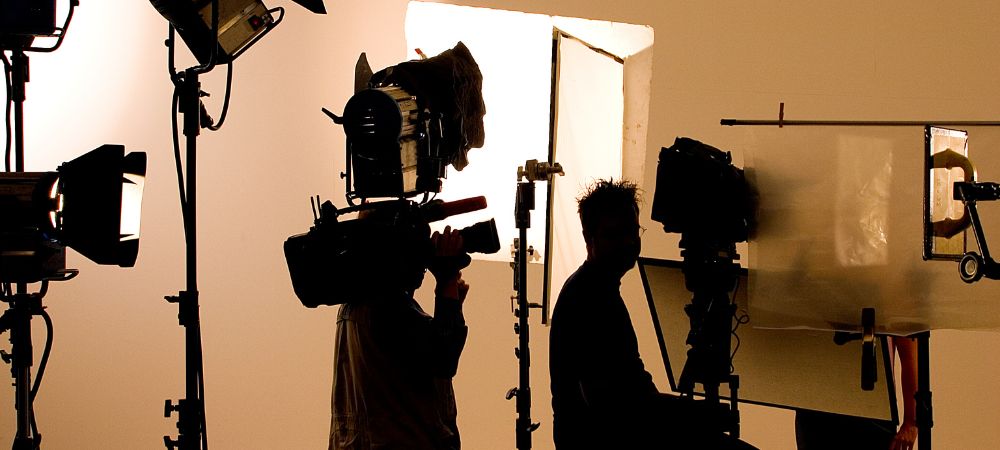
Posted by on 2024-06-28
Oh, the magic of film photography! It's not just about capturing moments; it's about freezing an era in time. And when we talk about those sunny days, film photography had a unique role that digital can't replicate.
Back in the day, when folks didn't have smartphones glued to their hands, film cameras were all they had. These contraptions were both simple and intricate, requiring some skill but also offering delightful surprises. The sun played a huge part in this dance of light and shadow.
You see, there's something special 'bout how sunlight interacts with film. It wasn't always perfect - sometimes too bright or too dim - but that was its charm. Digital cameras try to perfect everything, but honestly? They miss out on the raw essence of reality.
Sunny days on film are like bottled sunshine. Those golden hues and warm tones? Oh man, digital just can't compete! When you look at an old photo taken on a sunny afternoon, you don't just see the picture; you feel it! You can almost hear the laughter and smell the grass.
Moreover, let's not forget how these photos tell stories without even trying. A family picnic under a clear blue sky or kids playing by the beach - such images speak volumes about life back then. There's no need for captions or filters; they're authentic as they come.
But hey, it wasn't all peachy keen either. Film photography had its downsides too – developing costs weren't cheap and waiting for photos was kinda nerve-wracking! Yet somehow these "imperfections" made each photo more precious.
In conclusion (do I really need one?), while digital photography has its perks - convenience being top among them - it lacks that nostalgic touch of film especially under those sunny skies. Film photographs don't just capture images; they capture feelings from another era which is why many still cherish them today despite modern alternatives.
So yeah... next time ya stumble upon an old photo album filled with sunlit memories taken on good ol' film – take a moment to appreciate its timeless beauty because trust me: nothing beats it!
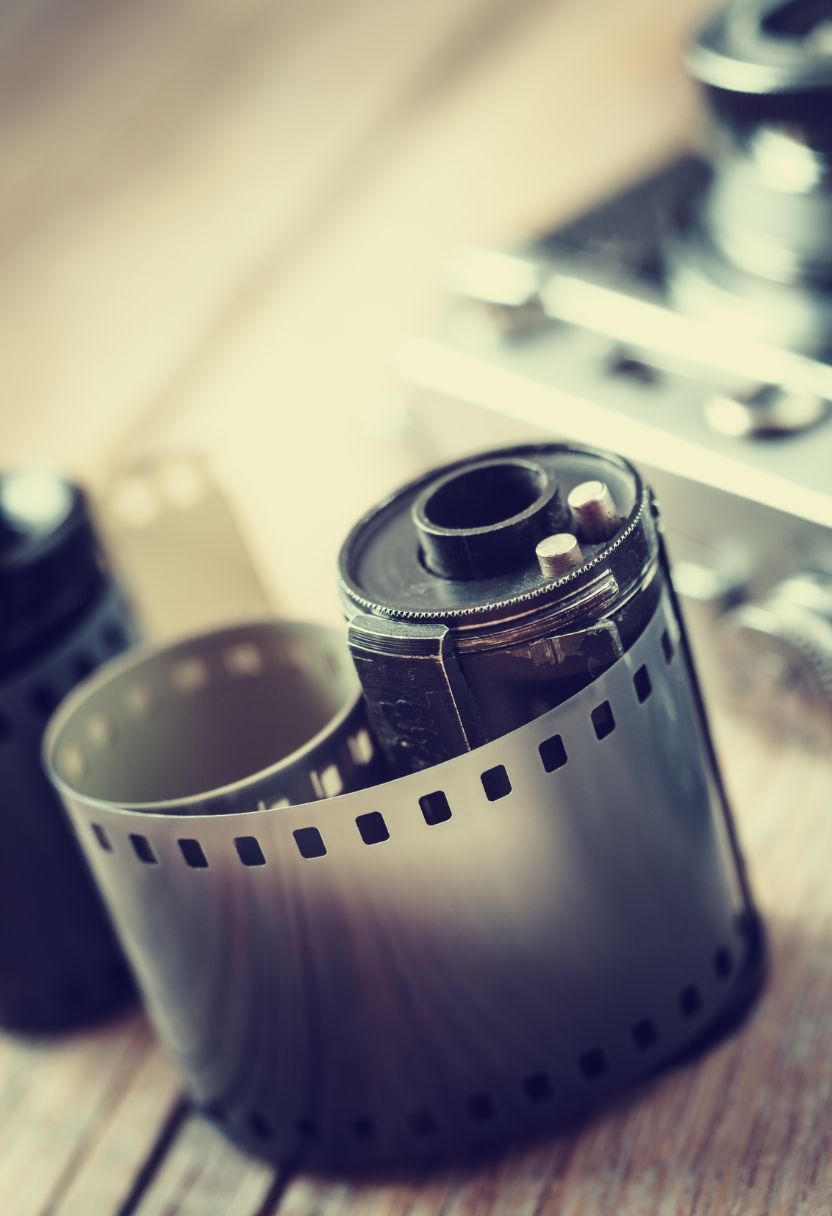
Analysis of Key Scenes Shot on Film for the Topic "Sunny"
Oh, where to begin with the film "Sunny"? It's such an emotional rollercoaster that it's tough to pick just a few key scenes. But let's give it a shot, shall we? The movie's charm lies in its ability to blend nostalgia with raw emotion, and it does this beautifully through some unforgettable sequences.
First off, there's that scene at the school reunion. You know the one I'm talkin' about! The camera work here is simply amazing. It captures every nuance of the characters' expressions as they reconnect after all those years apart. The lighting is soft yet poignant, making you feel like you're right there in the room with them. And let's not forget the music-oh my goodness-the soundtrack in this scene tugs at your heartstrings without being too overbearing.
Next up is the flashback sequence where we see Sunny and her friends during their high school days. This part of the film really takes you back in time, doesn't it? The grainy texture of the film stock adds an authentic touch that digital can't quite replicate. There's something so genuine about seeing those old-school uniforms and hairstyles on actual film rather than CGI or digital effects. It's like flipping through an old photo album but way more vivid.
Now, I can't talk about key scenes without mentioning that gut-wrenching moment towards the end-you know which one I'm talking about if you've seen it! When Sunny visits her friend's grave, it's almost unbearable to watch because it's so real. The director chose to shoot this scene at dusk, and oh boy did it pay off! The fading light symbolizes both loss and hope simultaneously. You can almost feel Sunny's anguish through the screen; it's palpable.
But hey, let's not get too caught up in just these moments 'cause there's plenty more where they came from. Each scene builds upon another to create a tapestry of emotions that's hard to shake off even after leaving the theater.
One thing I noticed (and maybe you did too) was how natural everything felt despite being meticulously planned out. There ain't no forced dialogues or awkward pauses; everything flows seamlessly from one frame to another-kudos to both actors and directors for pulling this off!
In conclusion (though I hate conclusions 'cause they mean we're done), "Sunny" achieves greatness by focusing on small yet significant moments captured brilliantly on film. These key scenes aren't just pivotal plot points; they're emotional anchors that keep us invested till the very end-and perhaps even beyond.
When we think about digital photography in modern cinema, it's hard not to see how much things have changed. I mean, remember the days when film was king? Those were the times when every shot had to be perfect because you couldn't just delete and reshoot like we can now. But technology has come a long way, and with it, the whole process of making movies has too.
Digital photography has made it easier for filmmakers to experiment without worrying about wasting expensive film. That's not all bad, right? They can try out different angles, play around with lighting, or even add special effects more seamlessly. It's given directors and cinematographers more freedom than ever before. However, there are some folks who feel that something's been lost along the way.
Take sunny scenes for example; capturing sunlight digitally isn't quite the same as doing it on film. Film tends to have this warmth and depth that digital sometimes lacks. Sure, you can tweak settings or use filters to get close, but it's never exactly identical. And let's face it-sometimes those imperfections in film give a scene its character.
Now don't get me wrong-I'm not saying digital is bad at all! In fact, it's opened up a lot of possibilities that were unimaginable before. For instance, shooting in low light conditions is so much easier now. You don't need tons of bulky equipment just to catch a sunset scene or an early morning shot anymore.
But hey, nothing's perfect! Digital cameras can sometimes struggle with overexposure under bright sunlight if not handled properly. The nuances of shadows and highlights might not always come out as naturally as they do on film either.
And let's talk costs for a second here-digital gear ain't cheap! Sure, you save money on buying rolls of film and developing them but investing in high-quality digital cameras and software isn't exactly pocket change.
In conclusion (yeah yeah I know), while digital photography has revolutionized modern cinema in countless ways-and mostly for the better-it still faces challenges when compared against traditional film especially under sunny conditions where natural light plays such a crucial role in setting mood and tone.
So what's the final word? There isn't one really; both mediums have their pros n' cons depending on what you're aiming for artistically speaking. Ah well...the debate continues!
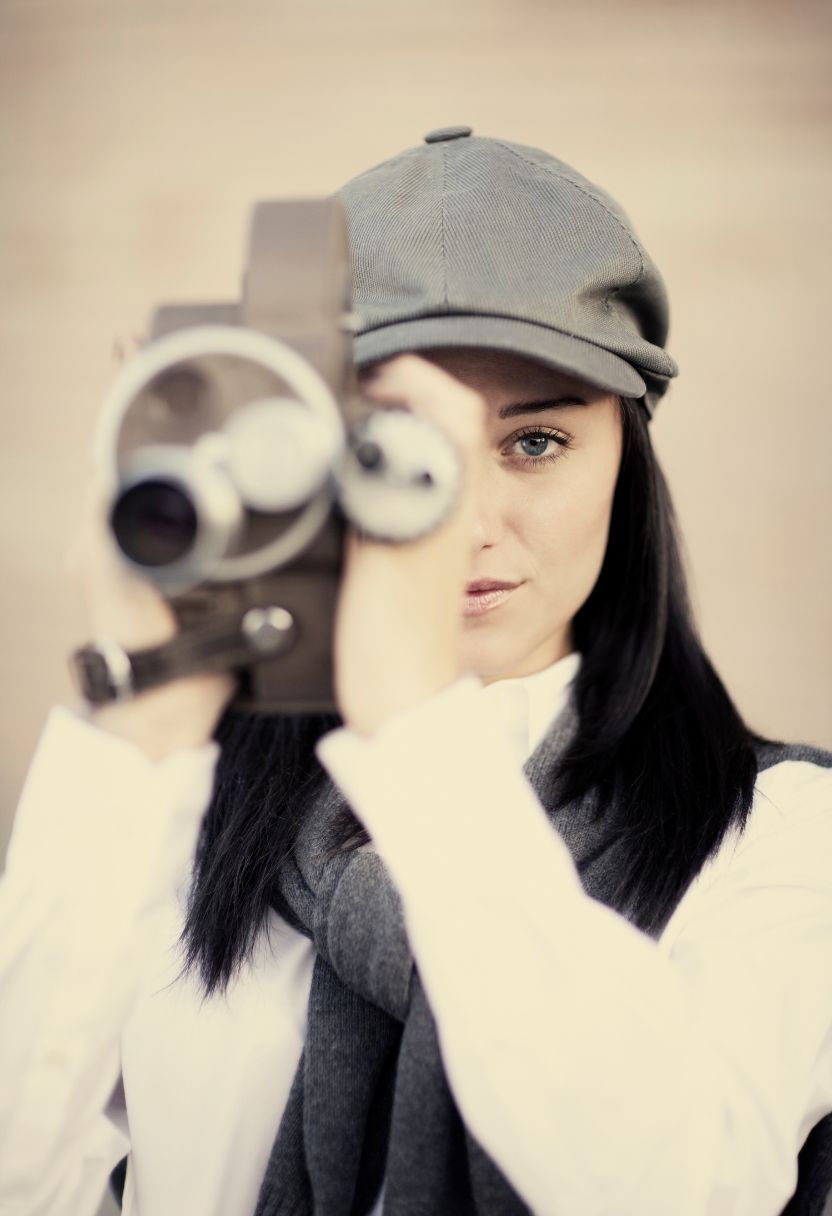
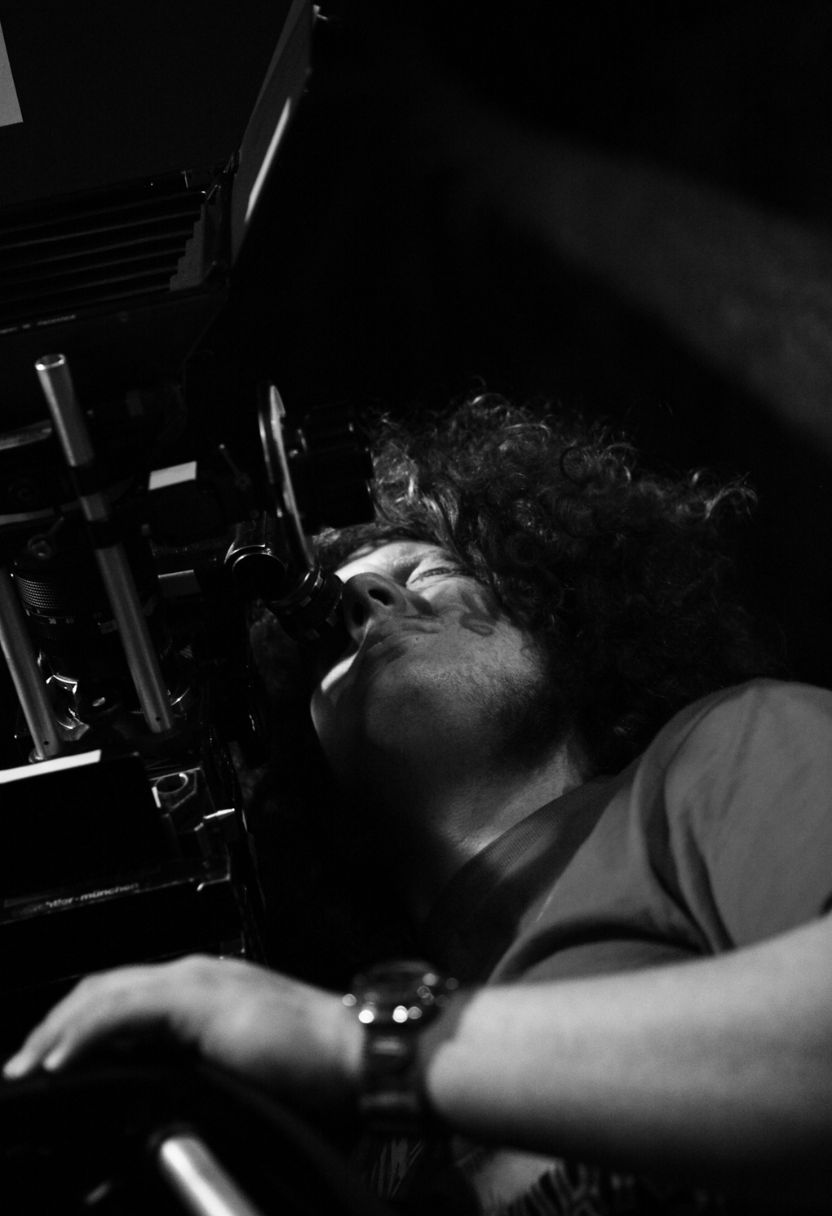
The Influence of 'Sunny' on Contemporary Photographers
It's kinda fascinating to explore how the idea of "sunny" has influenced contemporary photographers. Not many people realize it, but a sunny day isn't just about bright light and clear skies; it's about mood, emotion, and even storytelling.
Photographers today ain't merely capturing images; they're painting with light. And when that light is sunny, oh boy, does it change things! It's not like they just ignore the cloudy days or the dramatic shadows cast by city lights at night. But there's something undeniably captivating about sunlight.
Take golden hour for instance - that magical time just after sunrise or before sunset when the sunlight gets all soft and warm. For many modern photographers, this is like a secret weapon. The way it bathes everything in an ethereal glow can make even the most mundane subjects look extraordinary. They don't have to work hard to create depth and contrast because nature's already done half the job for them!
However, it's not all sunshine and rainbows (pun intended). Some photographers actually avoid sunny conditions like the plague! Why? Well, harsh midday sun can be unforgiving. It casts strong shadows and highlights that might ruin a delicate composition or overexpose part of an image.
But let's not forget about those who embrace these challenges head-on! Street photographers often relish in high-contrast scenes where sharp shadows add drama and intrigue to their shots. They ain't scared of a little adversity; instead, they use it to their advantage.
Another intriguing aspect is how "sunny" influences thematic choices in photography too. A lotta contemporary work revolves around themes like joy, freedom, and nostalgia - emotions easily evoked by warm sunny settings. Think beach scenes filled with laughter or kids playing under an open sky – such images are universally resonant because they tap into collective memories we all share.
In contrast (and here comes another twist), some artists use sunny environments ironically to comment on darker societal issues-creating juxtapositions that make viewers think twice about what they're seeing.
So yeah, while it's easy to think of "sunny" as just another weather condition affecting lighting conditions-it goes much deeper than that for today's photographers. It shapes their creative vision in myriad ways-from technical adjustments to emotional storytelling techniques.
You see now? Sunny days aren't really taken lightly among contemporary photographers-they're embraced or challenged but never ignored completely!